Buy Anadrol
$50.00
Anadrol, known by its generic name oxymetholone, is a powerful oral anabolic-androgenic steroid with a long history of medical use, primarily for treating severe anemia and muscle-wasting diseases. It is a highly potent synthetic derivative of testosterone, known for its rapid and significant effects on muscle mass and red blood cell production.
Anadrol, or oxymetholone, is a potent synthetic anabolic-androgenic steroid (AAS) that has been a subject of medical interest since its development in the 1960s. Classified as a Schedule III controlled substance in the United States, its distribution and use are tightly regulated due to its high potential for abuse. The primary purpose of this medication, within a clinical setting, is to treat specific debilitating conditions where muscle wasting and blood cell deficiencies are a major concern.
What is Anadrol and Its Primary Purpose?
At its core, oxymetholone is a powerful derivative of dihydrotestosterone (DHT). However, unlike other DHT-based steroids, it possesses an exceptionally high anabolic rating, often cited as being three times more potent than testosterone itself. Medically, Anadrol’s primary indication is the treatment of certain types of anemia, including aplastic anemia and myelofibrosis. It works by significantly stimulating the body’s production of erythropoietin, a hormone that signals bone marrow to produce red blood cells. A higher red blood cell count can improve oxygen delivery throughout the body, providing much-needed relief to patients suffering from these conditions.
Additionally, Anadrol has been investigated and used for its ability to promote weight gain and rebuild muscle tissue in patients suffering from diseases that cause significant muscle atrophy, such as HIV/AIDS-related wasting syndrome. Its powerful anabolic properties make it effective in reversing the catabolic state of these illnesses, helping to restore strength and improve the quality of life for those afflicted.
A History of Medical Use
Developed by Syntex Pharmaceuticals, Anadrol was initially released for clinical use in 1961. For decades, it was a first-line treatment for aplastic anemia due to its robust erythropoietic effects. While newer, less toxic treatments like erythropoietin-stimulating agents have largely replaced its use for anemia, Anadrol remains a valuable therapeutic option in certain complex cases where other treatments have failed. This medical history underscores that, despite its notoriety in non-medical circles, Anadrol was originally, and remains, a drug designed for serious clinical applications under strict medical supervision.
The Pharmacological Profile of Anadrol
Understanding the specific ways in which Anadrol interacts with the human body is essential for appreciating both its therapeutic benefits and its significant risks. Its powerful effects are a direct result of its unique chemical structure and how it modulates key biological processes.
How Anadrol Works at a Cellular Level
Anadrol’s mechanism of action is multifaceted. Its primary effect is to dramatically increase protein synthesis within muscle cells. This process, where the body creates new proteins, is the foundation of muscle growth. By accelerating protein synthesis, Anadrol enables a rapid increase in muscle mass and strength. This is why it is medically useful in treating wasting diseases.
Simultaneously, oxymetholone has a pronounced effect on red blood cell production. It stimulates the release of erythropoietin, a hormone produced in the kidneys. This hormonal signal prompts the bone marrow to produce more red blood cells, a process known as erythropoiesis. This specific effect is what makes Anadrol an effective treatment for anemia. A higher count of red blood cells allows for better oxygen transport to muscles and tissues, enhancing endurance and recovery.
The Difference Between Anabolic and Androgenic Effects
Anabolic-androgenic steroids are defined by two types of effects: anabolic (promoting tissue growth) and androgenic (promoting male characteristics). While Anadrol is highly anabolic, it also possesses significant androgenic properties. This means that in addition to stimulating muscle growth, it can also lead to the development of male traits. This is a critical consideration for both male and female patients, as the androgenic effects can be particularly problematic for women.
Serious Risks and Severe Side Effects of Anadrol
The potent effects of Anadrol come with an equally serious set of risks. The most significant concern is its profound toxicity to the liver, but the risks extend to nearly every system of the body. These side effects are a primary reason why Anadrol is not a casual medication and requires extensive medical monitoring.
The Risk of Hepatotoxicity (Liver Damage)
Anadrol is an oral steroid, which means it must pass through the liver to be metabolized. To survive this process, it has been C17-alpha alkylated, a chemical modification that makes it resistant to breakdown by the liver. While this allows the drug to be orally bioavailable, it also places immense strain on the liver. The risk of hepatotoxicity (liver damage) is a major concern. This can manifest as elevated liver enzymes (indicating stress or injury), jaundice (yellowing of the skin and eyes), and, in severe cases, life-threatening conditions such as peliosis hepatis or liver failure. Due to this risk, doctors must perform regular liver function tests (LFTs) for patients on Anadrol.
Cardiovascular and Hormonal Side Effects
Anadrol’s effects on the cardiovascular system can be equally dangerous. It is known to negatively impact cholesterol levels, specifically by decreasing the levels of beneficial HDL cholesterol (high-density lipoprotein) and increasing the levels of harmful LDL cholesterol (low-density lipoprotein). This can significantly increase the risk of heart disease and stroke over time.
Furthermore, as a potent synthetic androgen, Anadrol will suppress the body’s natural production of testosterone. When a user stops taking the drug, this can lead to a condition called hypogonadism, with symptoms including loss of libido, fatigue, and depression, until the body’s natural production recovers, if it ever does fully. There is also a risk of gynecomastia (the development of male breast tissue) due to the drug’s potential to convert to estrogen-like compounds, a process that can lead to fluid retention and puffiness.
Androgenic Side Effects
The androgenic nature of Anadrol can lead to a range of unwanted side effects, especially for those genetically prone to them. These can include:
- Acne: Oily skin and severe breakouts.
- Male Pattern Baldness: Accelerated hair loss in individuals with a genetic predisposition.
- Virilization in Women: The development of irreversible male characteristics, such as deepening of the voice, clitoral enlargement, and body hair growth.
Dosage, Administration, and Medical Supervision
Given its potent nature and severe side effect profile, Anadrol is a medication that demands careful and professional management. The administration and dosage are determined exclusively by a doctor based on the patient’s condition and individual response.
Typical Medical Dosage and Administration
For medical purposes, such as treating anemia, the typical Anadrol dosage is often in the range of 1 to 5 mg per kilogram of body weight per day, with doses being carefully tapered down as the condition improves. The medication is taken orally in tablet form. Due to its toxicity, the duration of treatment is kept as short as possible to achieve the desired therapeutic effect while minimizing risks.
The Absolute Necessity of Medical Supervision
The administration of Anadrol is not a matter to be taken lightly. A patient on this medication requires constant and vigilant monitoring by a qualified healthcare provider. This includes regular blood tests to check for liver enzyme levels, cholesterol, and red blood cell count. A doctor can adjust the dosage or discontinue the medication immediately if signs of toxicity or other serious side effects appear.
Illicit Use and Associated Dangers
Despite its clear and serious medical applications, Anadrol is widely known and used illicitly within the bodybuilding and athletic communities as a performance-enhancing drug (PED). This non-medical use is extremely dangerous and carries significant health consequences.
The Non-Medical Use of Anadrol in Sports
Anadrol is a banned substance in all professional sports organizations. It is illicitly used by some athletes for its ability to promote incredibly rapid and substantial gains in muscle mass and strength, often within a short period. This rapid effect, however, is frequently associated with significant water retention and a bloated appearance. The appeal of its powerful effects in the gym is a major reason for its illicit use.
Why Illicit Use is Extremely Dangerous
Without medical supervision, users of Anadrol are often unaware of the silent damage occurring inside their bodies. The high doses often used in a non-medical context (far exceeding typical medical dosages) can rapidly lead to severe liver damage, dangerous spikes in blood pressure, and adverse cholesterol changes, dramatically increasing the risk of a cardiovascular event. Furthermore, the suppression of natural testosterone production can lead to a long recovery period after use, often requiring a complex and difficult regimen of “post-cycle therapy” that is also not without risk.
Frequently Asked Questions (FAQs) About Anadrol
Is Anadrol legal to use without a prescription?
No. Anadrol (oxymetholone) is a controlled substance in many countries, including the United States. It is illegal to possess or use it without a valid prescription from a licensed healthcare professional. Unlawful possession or sale can lead to severe penalties.
Why is Anadrol considered so potent?
Anadrol is considered one of the most potent oral anabolic steroids due to its unique chemical structure, which allows it to dramatically increase protein synthesis and red blood cell production. This leads to a rapid and substantial increase in muscle mass and strength, making it medically effective for treating wasting diseases but also a high-risk substance when used illicitly.
What are the signs of liver stress from Anadrol?
Signs of liver stress from Anadrol can include yellowing of the skin and eyes (jaundice), dark-colored urine, light-colored stools, abdominal pain, nausea, vomiting, and a general feeling of fatigue. If you experience any of these symptoms while taking the medication, you should seek immediate medical attention.
Can women use Anadrol?
Medically, Anadrol can be used in women for very specific and severe conditions, but with extreme caution. Due to its highly androgenic nature, it carries a very high risk of causing virilization—the development of male characteristics such as a deepened voice, excessive body hair growth, and clitoral enlargement. Many of these side effects are irreversible. For this reason, it is generally considered too high-risk for most female patients.
How is Anadrol different from other steroids like Dianabol?
While both Anadrol and Dianabol are powerful oral steroids used for promoting muscle growth, they have different chemical structures and effects. Dianabol is a methandrostenolone derivative, while Anadrol is a oxymetholone derivative of DHT. Anadrol is often considered more potent for red blood cell production and is associated with a greater degree of water retention and potential for liver toxicity, even compared to other oral steroids.
Be the first to review “Buy Anadrol” Cancel reply
Related products
Steroids
Anabolic-Androgenic Steroids (AAS)
Steroids
Anabolic-Androgenic Steroids (AAS)
Steroids
Steroids
Steroids
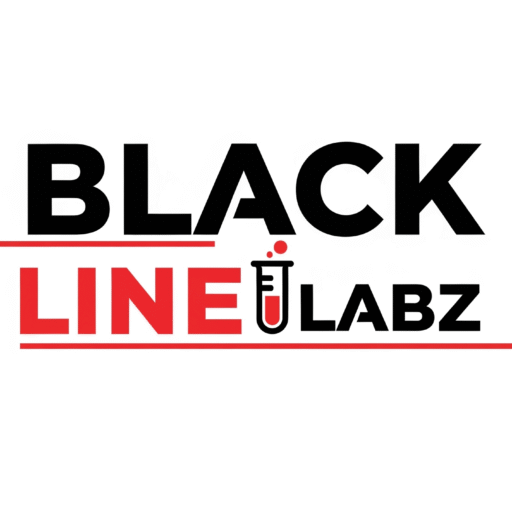
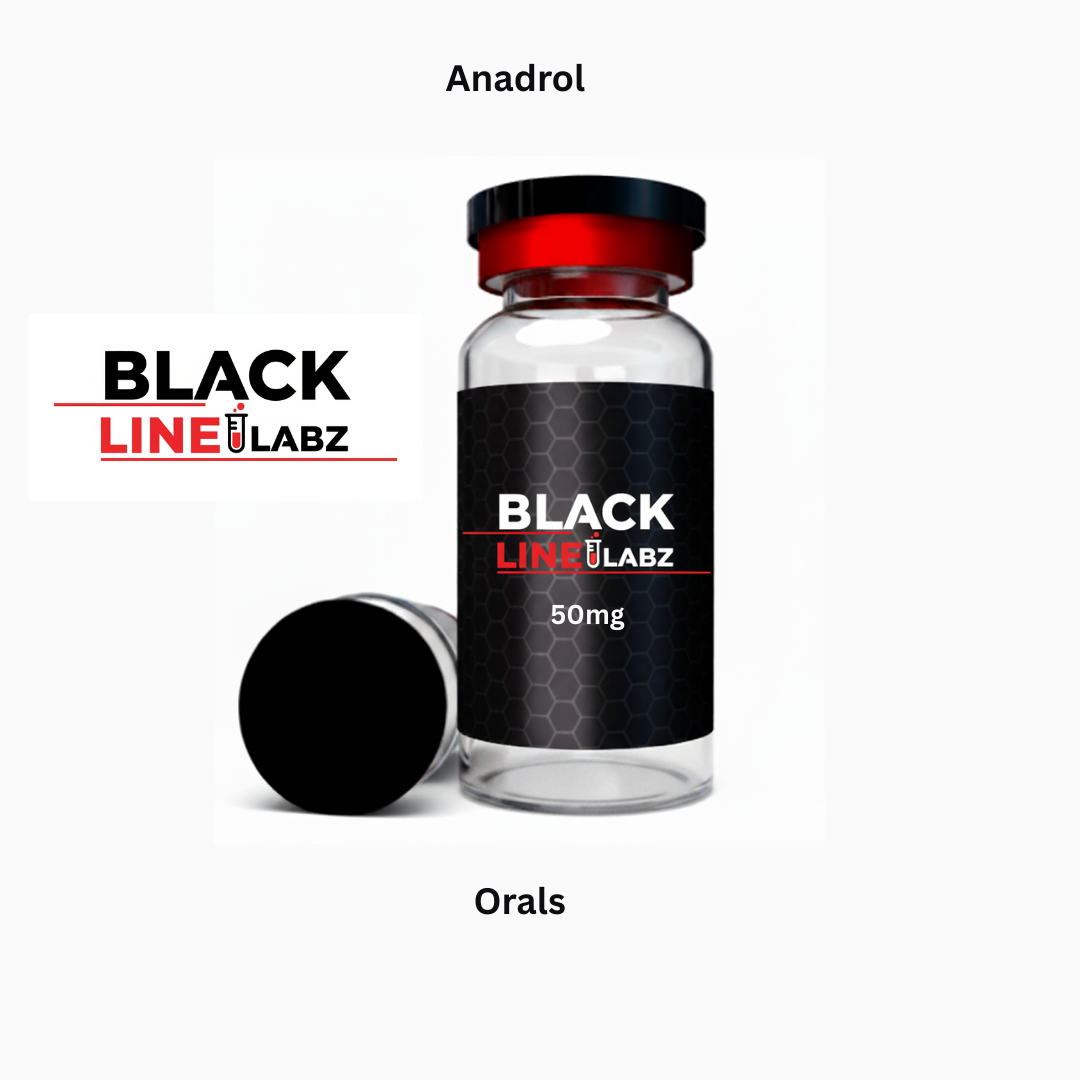
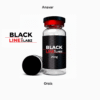
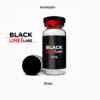
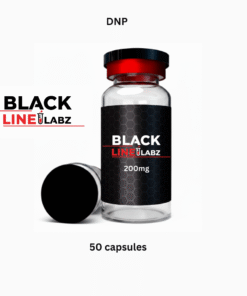
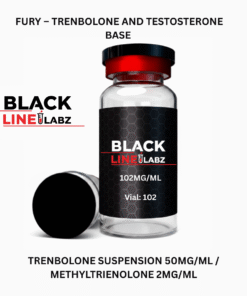
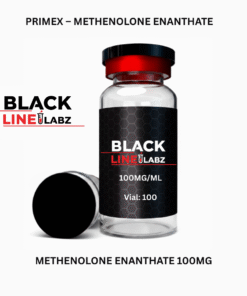
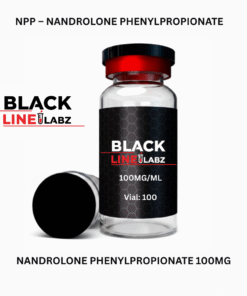
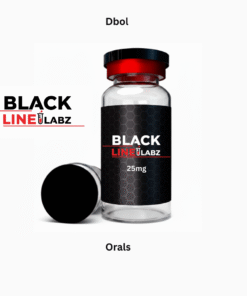
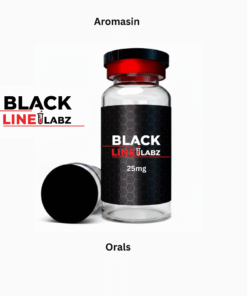
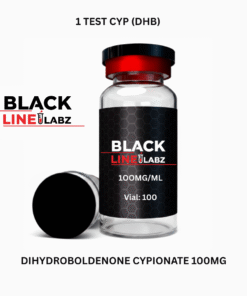
Reviews
There are no reviews yet.